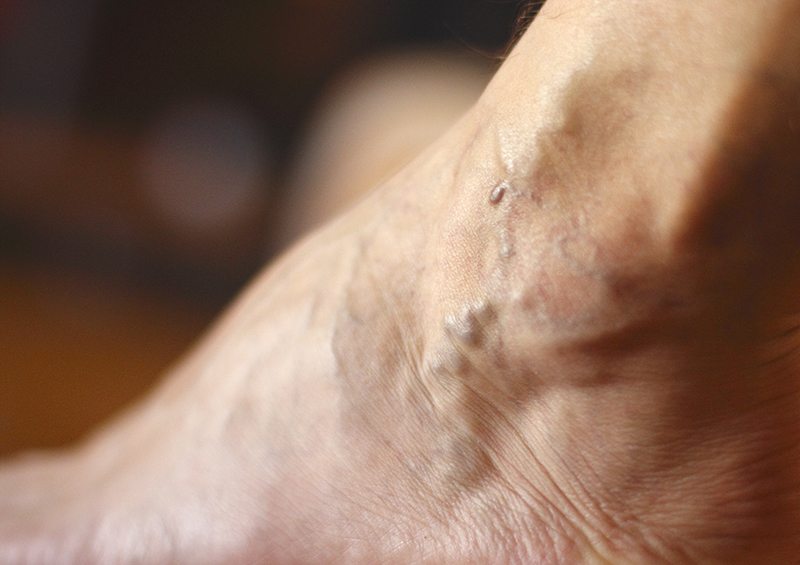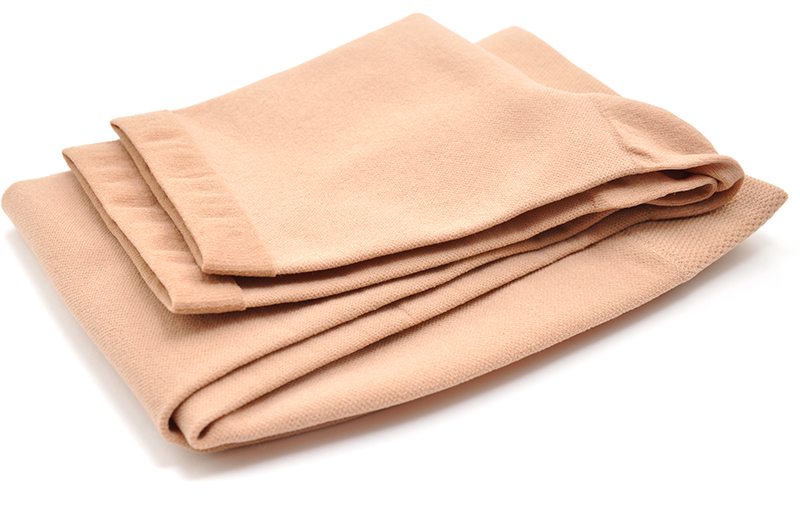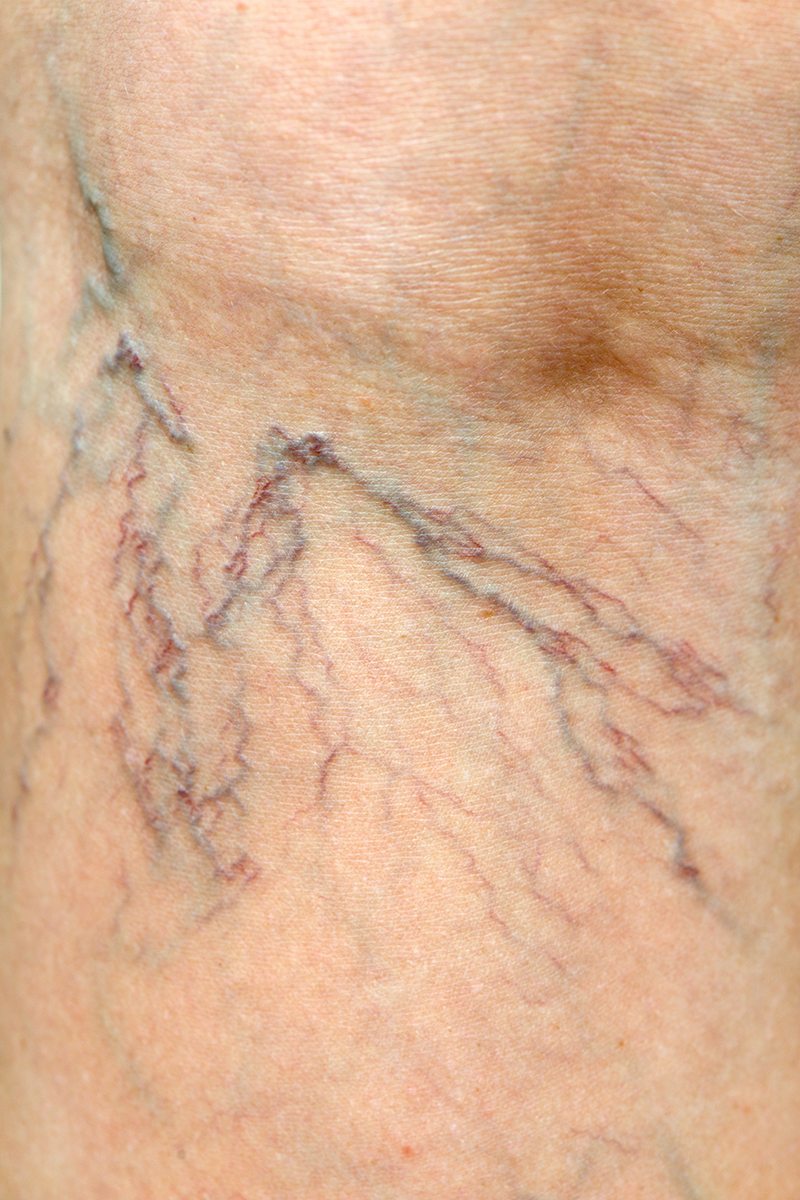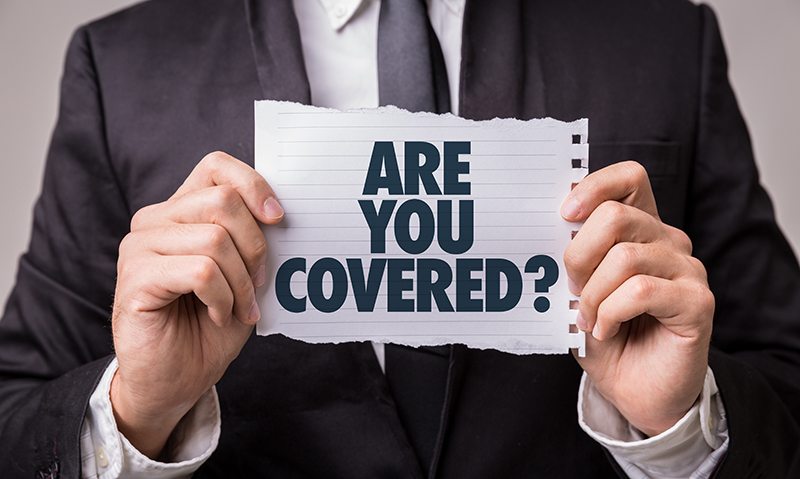Vein disease (varicose and spider veins) is a very real ailment. The common misconception that they are both only cosmetic issues, leads many patients to ignore the signs and symptoms associated with vein disease which includes pain, leg restlessness, and protruding discomfort. A patient’s experience of these symptoms is a sign that corrective procedures must to be done to alleviate the problem. These indicators are also significant to insurance companies regarding coverage.
Varicose Veins

Since most varicose veins are a medical necessity, insurance companies will cover it.
- Venous Insufficiency
- Pain and Leg Cramps
- Ulcers on the Legs
- Bleeding from Varicose Veins
- Presence of Reflux on Ultrasound

- wearing compression stockings everyday
- leg elevation
- weight loss

Spider Veins

These thin blue, red, and purple lines are generally harmless and pose no medical threats.
- quitting smoking
- losing weight
- exercising



